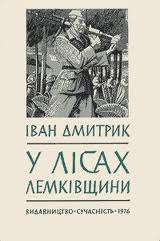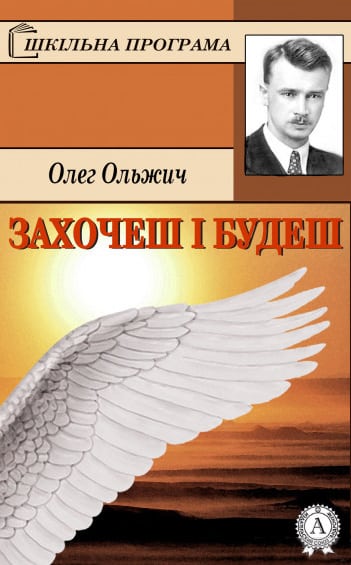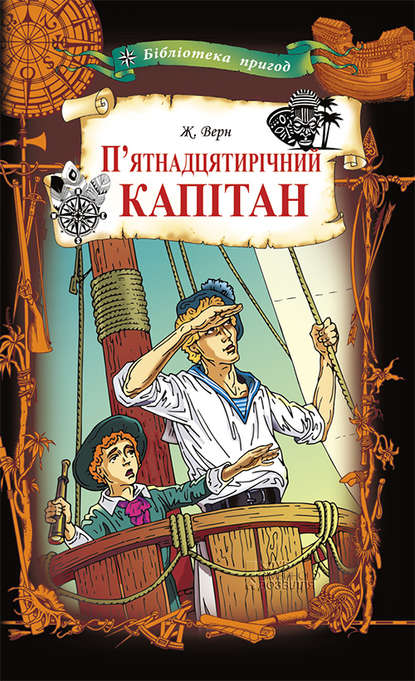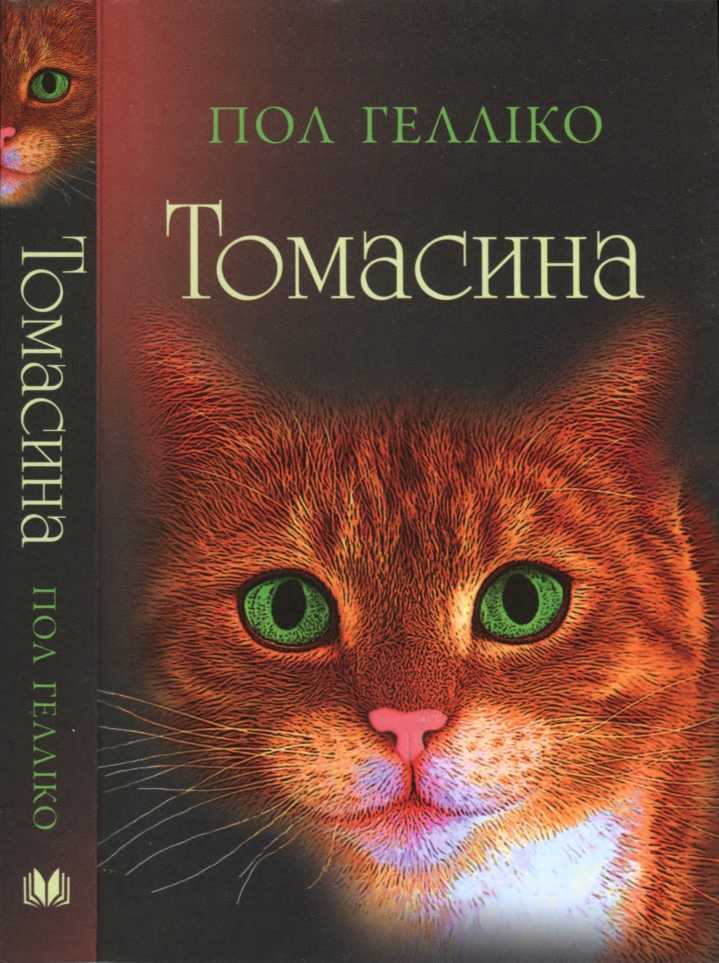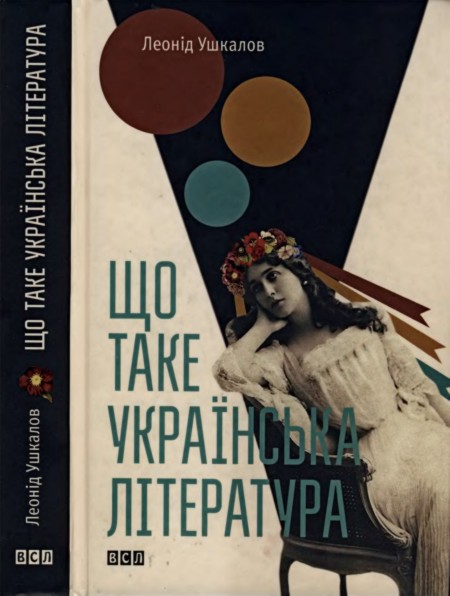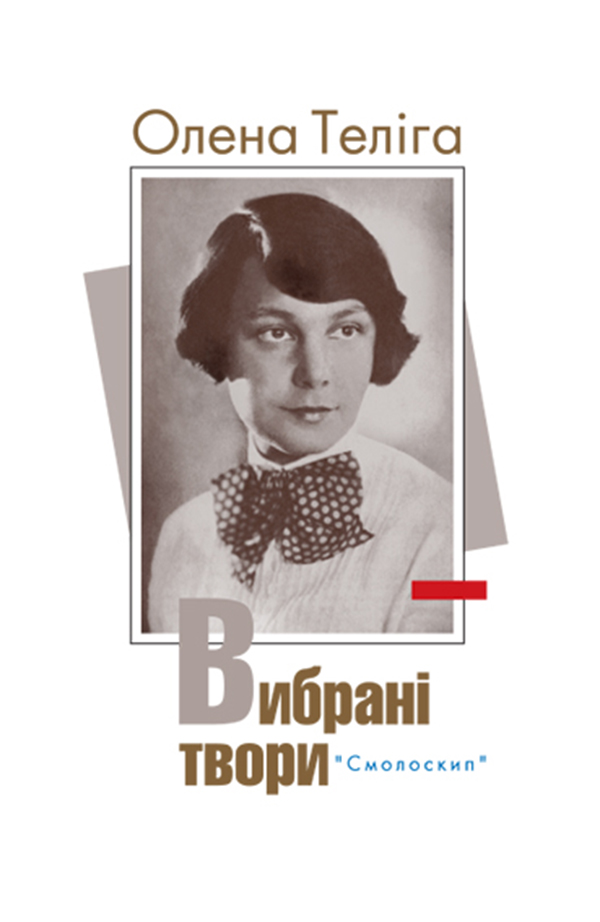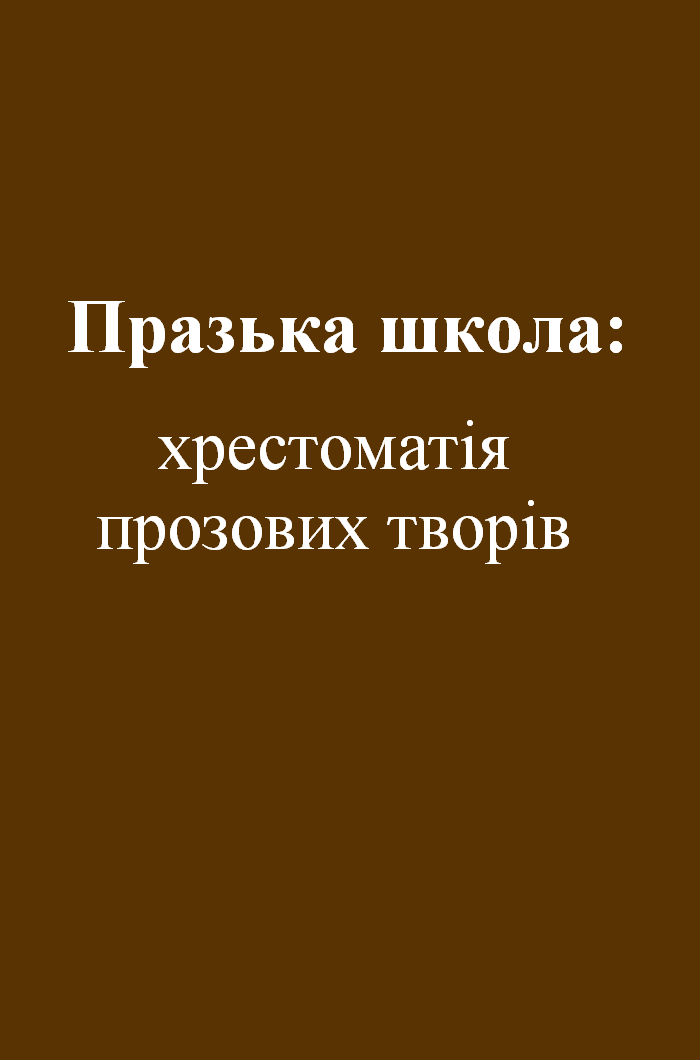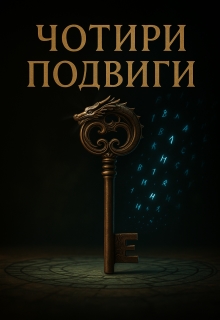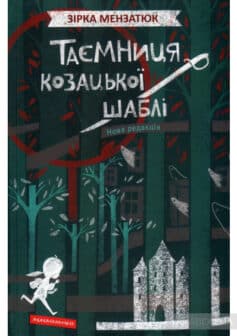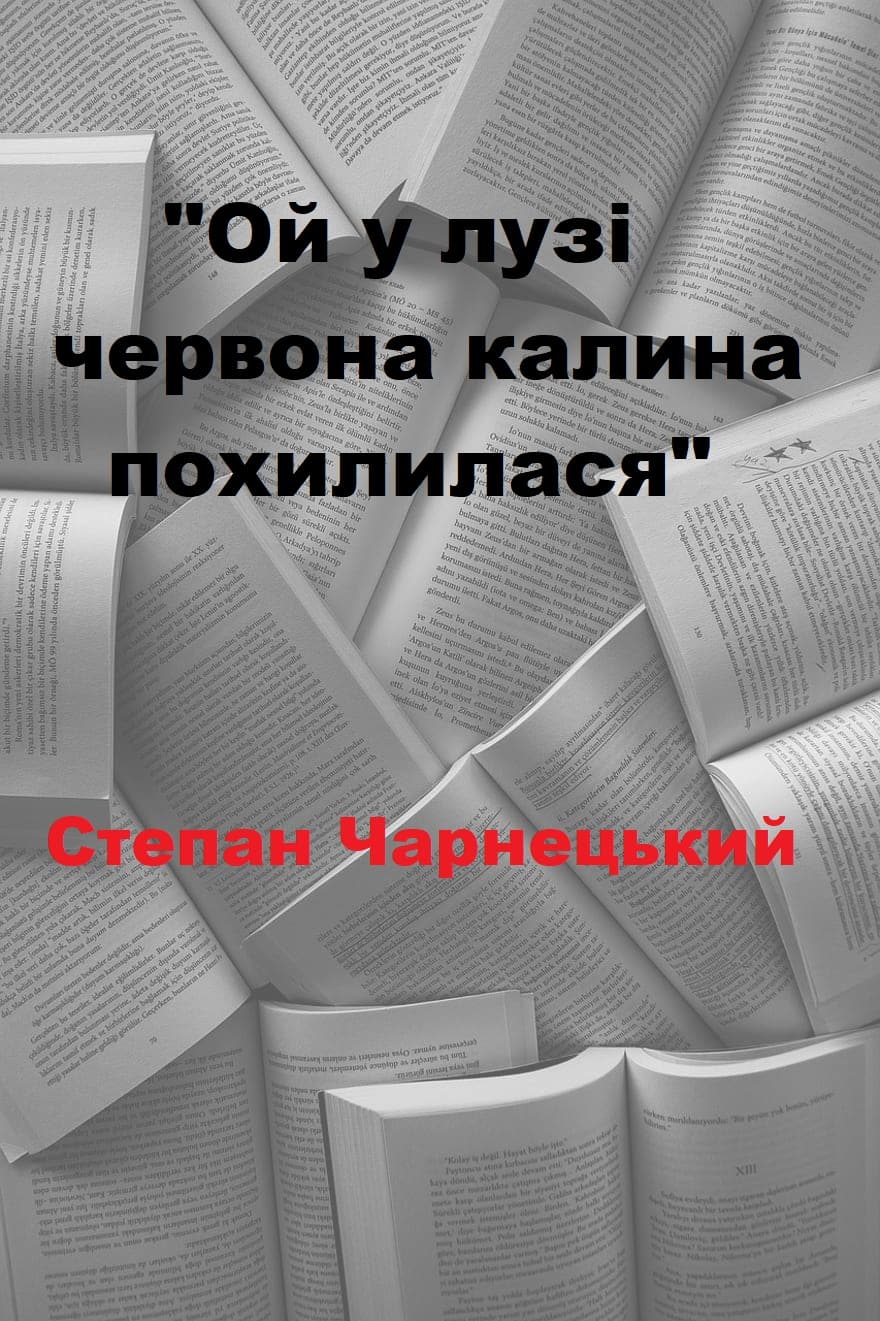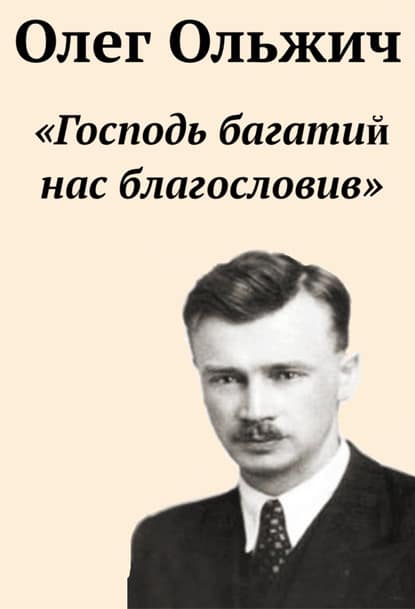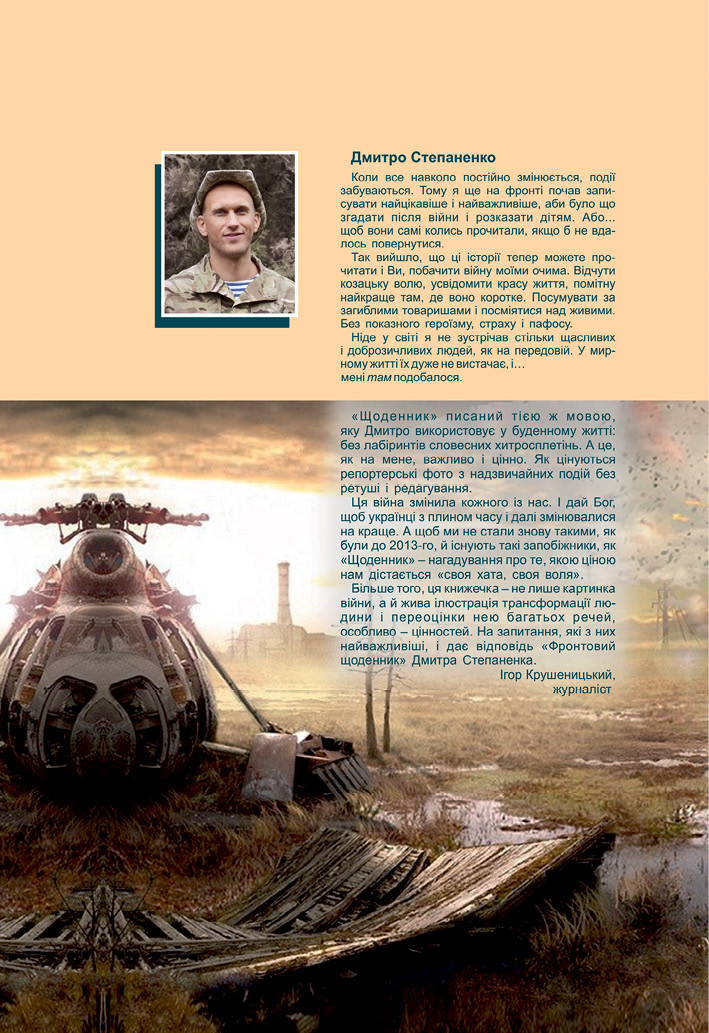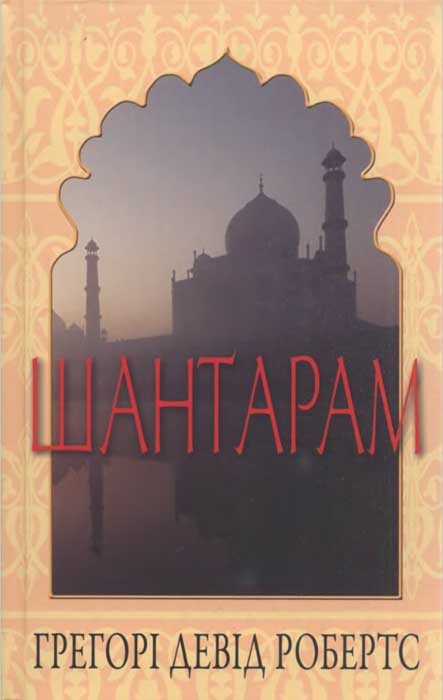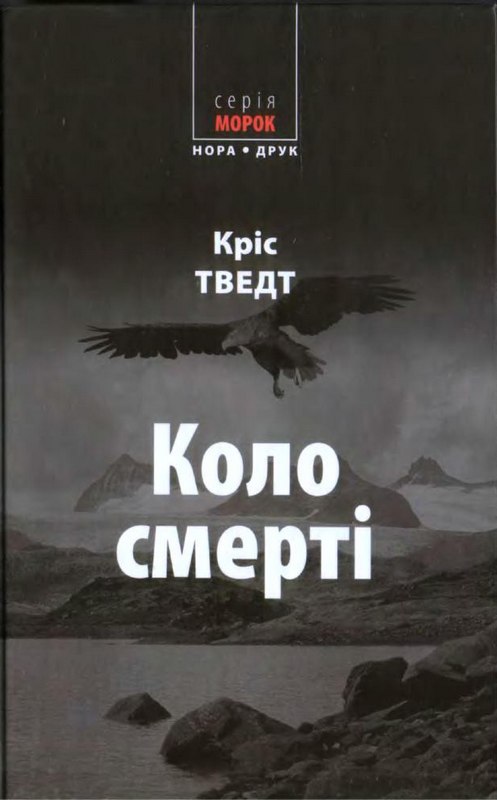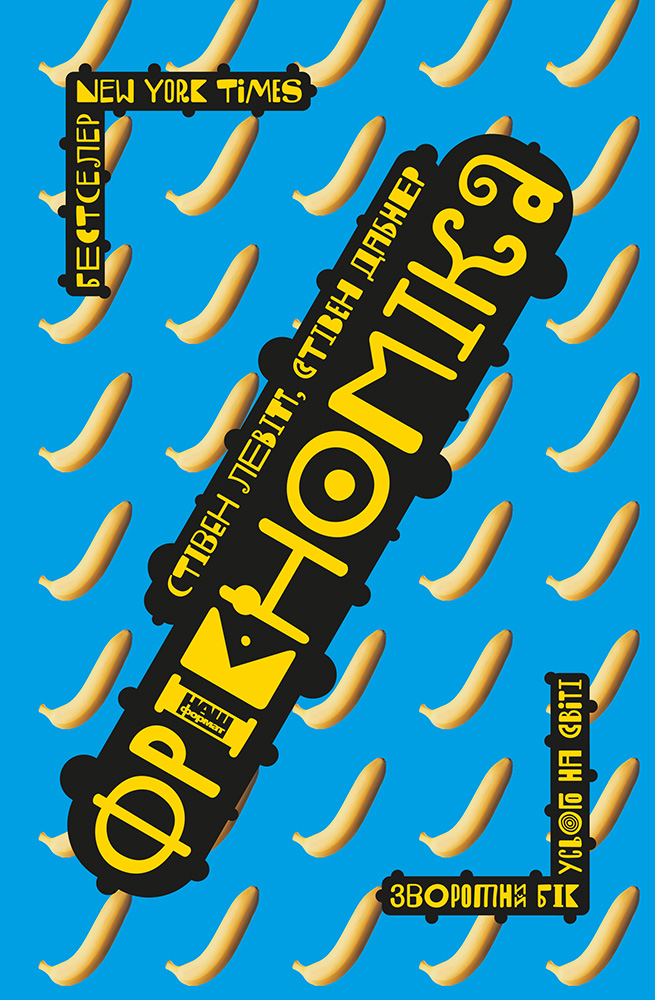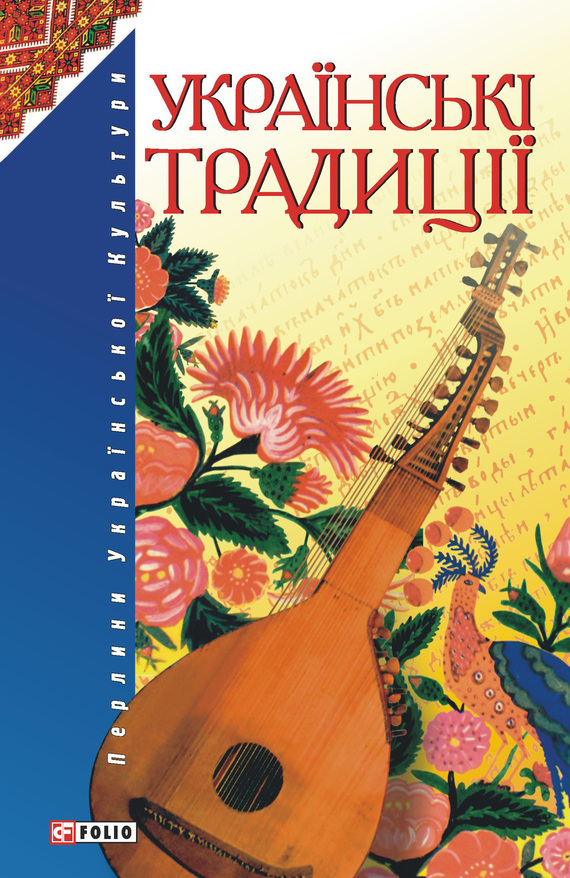Читати книгу - "Genghis Khan and the Making of the Modern World"
Шрифт:
Інтервал:
Добавити в закладку:
As the West’s fear of the Yellow Peril grew, Asians increasingly examined the concept of Pan Mongolism as a viable path to creating a common identity for themselves. If they could all unite the way the Mongol Empire had once been, then together they could much better fight off the growing power of the Western nations. The theory offered a way for the Asians to transcend nationalist loyalties and work together in their shared quest. In Inner Mongolia, the new spirit led to the temporary creation of a calendar based on the year 1206, when Genghis Khan created the Mongol nation, as Year 1. Under the new Mongol calendar, 1937 became the Genghis Khan Year 731.
Particularly in Japan, which increasingly saw itself as the leader of Asia in the first half of the twentieth century but also needed to distinguish itself from Europe, Pan Mongolism exerted an increasing allure. In the scramble to become the leader of the new Asia, the image of Genghis Khan became a valuable prize. Whoever could claim control of his body, his shrine, or his homeland had a stronger claim for control over his heritage and therefore over the lands he had once ruled. Some Japanese scholars circulated the story that Genghis Khan had actually been a samurai warrior who had fled his homeland after a power struggle and found refuge among the steppe nomads, whom he then led on a conquest of the world.
In the years leading up to World War II, Genghis Khan ironically took on a new importance as a topic not only of propaganda and ideology, but also of practical military application. The Soviets, the Japanese, and the Germans all pushed to decipher, translate, and interpret the newly available Secret History in the hope that it might provide a useful key to unlocking the Mongol military tactics that allowed them to prevail over China and Russia.
The twentieth-century development of the tank allowed cavalry and artillery to again be combined in one military unit in a way that had not been practical since the Mongol mounted archers. The military minds of all countries looked to these earlier Mongol models for clues of how to fight in the modern era of tank warfare. The Germans found the most effective application in their strategy of the blitzkrieg, which followed the Mongol’s sudden appearance with a highly mobile army that raced across the landscape and kept the enemy surprised and disoriented. In their effort to more precisely understand the Mongol tactics, they began a translation of the Secret History into German. Erich Haenisch, professor of sociology at the Friedrich Wilhelm University in Berlin, prepared a German translation. Haenisch traveled to Mongolia to search for an original Mongol-language version of the Secret History, but he failed to find it. From the Chinese-Mongol text, he managed to make his translation and dictionary. War shortages in Germany delayed the printing until 1941, when a small edition was printed; but even then, difficulties in transportation delayed distribution. The boxes of books remained in Leipzig until 1943, when they went up in flames during an Allied bombing raid. The secrets of the history remained secret from the Nazis.
While the German military pursued its studies of the Mongols, the Soviets had been doing the same. In Stalin’s obsession to understand the two Asian conquerors, Genghis Khan and Timur, he had the body of Timur exhumed, and he sent several unsuccessful military expeditions to the area of Burkhan Khaldun to find the body of Genghis Khan as well. Other scholars busied themselves with translations and some highly eccentric interpretations of Mongol history, such as the angle and power of the sun striking the earth in Mongolia being different than in other parts of the world. From the mixture of the absurd and the serious, the Soviets followed their own version of Mongol strategy in World War II. In a large-scale adaptation of the tactics Subodei used to defeat the Russians at the Kalka River in 1223, the Soviets lured the Germans ever deeper into Russia until they were hopelessly spread out over a large area, and then the Russians began to counterattack and pick them off one by one.
Virtually unnoticed in 1944 during the final bellowing paroxysms of World War II, Sayid Alim Khan, the former emir of Bukhara and the last reigning descendant of Genghis Khan, died in Kabul, Afghanistan, after nearly a quarter of a century in exile from the city he had ruled as a young man. The emir, who claimed descent through Jochi and the Golden Horde, had outlasted other branches of the family. In 1857, the British army removed the last Moghul emperor of India, Bahadur Shah II, and in the following year sent him off to exile in Burma in order that they might bestow his title
!Увага!
Сайт зберігає кукі вашого браузера. Ви зможете в будь-який момент зробити закладку та продовжити читання книги «Genghis Khan and the Making of the Modern World», після закриття браузера.
